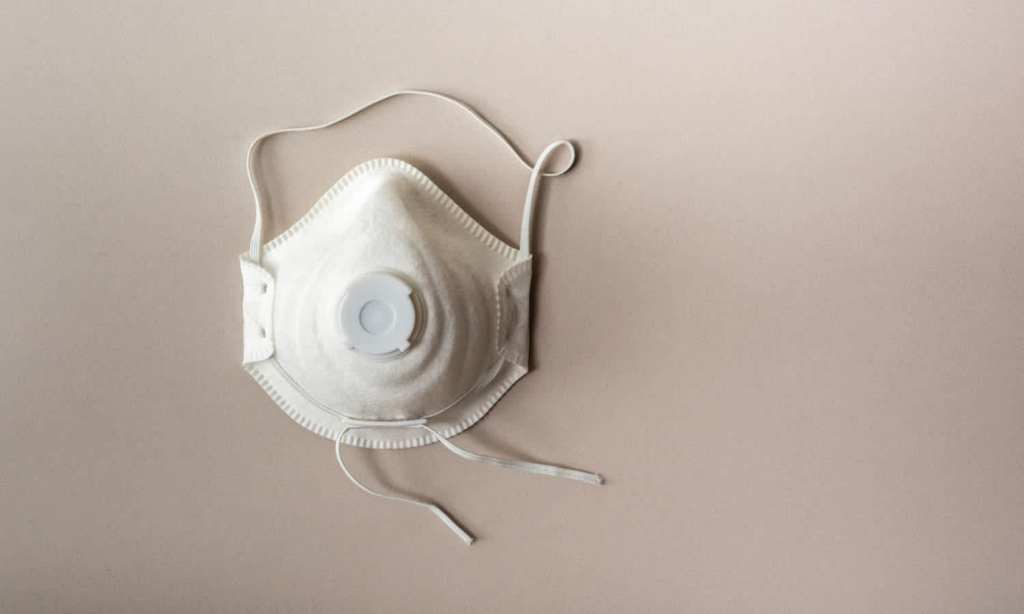In the early days of the COVID-19 pandemic, health officials in Australia were asking residents to shy away from mask-wearing as the levels of PPE for health professionals were worryingly low.
Now, in the midst of another wave, due to the outbreak in the Northern Beaches spreading nationally, mask-wearing is not only a necessary measure to help prevent further infections – it’s mandated.
There is a lot of misinformation about face masks on the internet and some scepticism among people about the effectiveness of face coverings. In short, face masks are an easy way to help prevent the transmission of COVID-19.
“Cloth face coverings are one of the most powerful weapons we have to slow and stop the spread of the virus — particularly when used universally within a community setting,” CDC Director Dr Robert Redfield said in a press release last July.
Many countries in Asia adopted face masks quickly and were able to avoid sharp spikes in infection numbers. Taiwan, for example, has had 480 cases of COVID-19 in a population of over 23 million people — and 443 of those are recovered. Residents of Taiwan are required to wear face coverings on public transport unless they can keep five feet away from others.
This is why face masks work
Transmission of COVID-19 is thought to occur through respiratory droplets that are released through speaking and sneezing. A face mask creates a physical barrier that catches these droplets and prevents them from spreading and potentially infecting other people. It’s pretty simple.
According to the Mayo Clinic, cloths masks are most effective when worn by a large number of people in public and when used alongside measures like social distancing and hand hygiene.
A recent study found that homemade masks need at least two layers of fabric to properly protect you and others. Numerous clothing brands are now selling fashionable, washable face masks, and companies like Spotlight are providing free patterns for those looking into how to make their own face mask.
As a percentage of COVID-19 infections don’t ever present symptoms, masks are particularly helpful for those who are asymptomatic as it decreases the chance of them unknowingly spreading the virus.
The effectiveness of masks has been demonstrated in this pandemic, with one report in the CDC’s Morbidity and Mortality Weekly Report revealing how mask-wearing prevented over 100 people from becoming infected in a specific incident in the United States.
According to Healthline, two hairdressers based in Missouri continued to work and see clients for several days after developing COVID-19 symptoms but both wore masks while working. 98% of their clients also wore masks during their appointments.
Of the 139 clients the two hairdressers saw before testing positive to COVID-19, none of them developed coronavirus symptoms during the follow-up period. 67 of these clients also agreed to be tested and none were found to have the virus.
The mantra that masks don’t work is merely a myth. This isn’t to say that masks are foolproof, that’s not the case, but they drastically reduce the risk of someone passing on or catching the virus.
What about those people who disagree with mask-wearing?
Ultimately, wearing a mask is a measure to protect yourself as well as the people around you. As 20-year-old student Cheryl Man, who lives in New York City, told Time Magazine, wearing a mask is a “civic duty.”
“If I have a mask on, and if—touch wood—I’m infected, I could cut the chain off where I am. That could save a lot of people.”
Should you encounter people in your life who refuse to wear a mask, try to fill them in on the following…
No, a mask won’t give you CO2 poisoning
Many people argue that wearing a mask will give you CO2 poisoning but there is no evidence of elevated carbon dioxide levels from the masks the Government is recommending residents wear.
“Surgical masks and even proper respirator-type masks are designed to be worn for long periods of time and offer very low breathing resistance,” Ben Mullins, an associate professor at Curtin University’s School of Public Health, told the ABC.
“These things are designed to be worn in industrial settings for 10 to 12 hours at a time. In some settings you might have to dispose of them and replace them, but essentially there are lots of workers out there who wear these for 12 hours at a time without any issues and they might do that six days a week.
“For the average, moderately healthy person, there’s no evidence of any harm and certainly no issues with elevated CO2.”
We now have to comply with face-mask mandates, or risk being fined
In March, politicians and health officials told Australians to shy away from wearing masks, especially due to the dwindling PPE levels in the country.
However, the surge of cases in Melbourne last year, combined with the Northern Beaches cluster that’s not yet fully contained, means the information on wearing masks has changed – in fact, you can cop a fine of $200 for not wearing one in certain indoor spaces.
“The point of any science has been that we’re able to change our position as more evidence becomes available,” nursing lecturer at the University of the Sunshine Coast, Matt Mason, told the ABC.
“There’s growing evidence that any mask is better than no mask, but it’s important to remember that no mask is a substitute for proper social distancing.”
As Mason pointed out, science has changed and with the increased rate of community transmission within Australia, wearing a mask is now necessary.
“Back in March we weren’t seeing a lot of community transmission, so the advice to wear a mask wasn’t required,” he said.
“What we’re seeing now is community spread where using a mask is actually appropriate, that’s why there’s that change of advice.”







